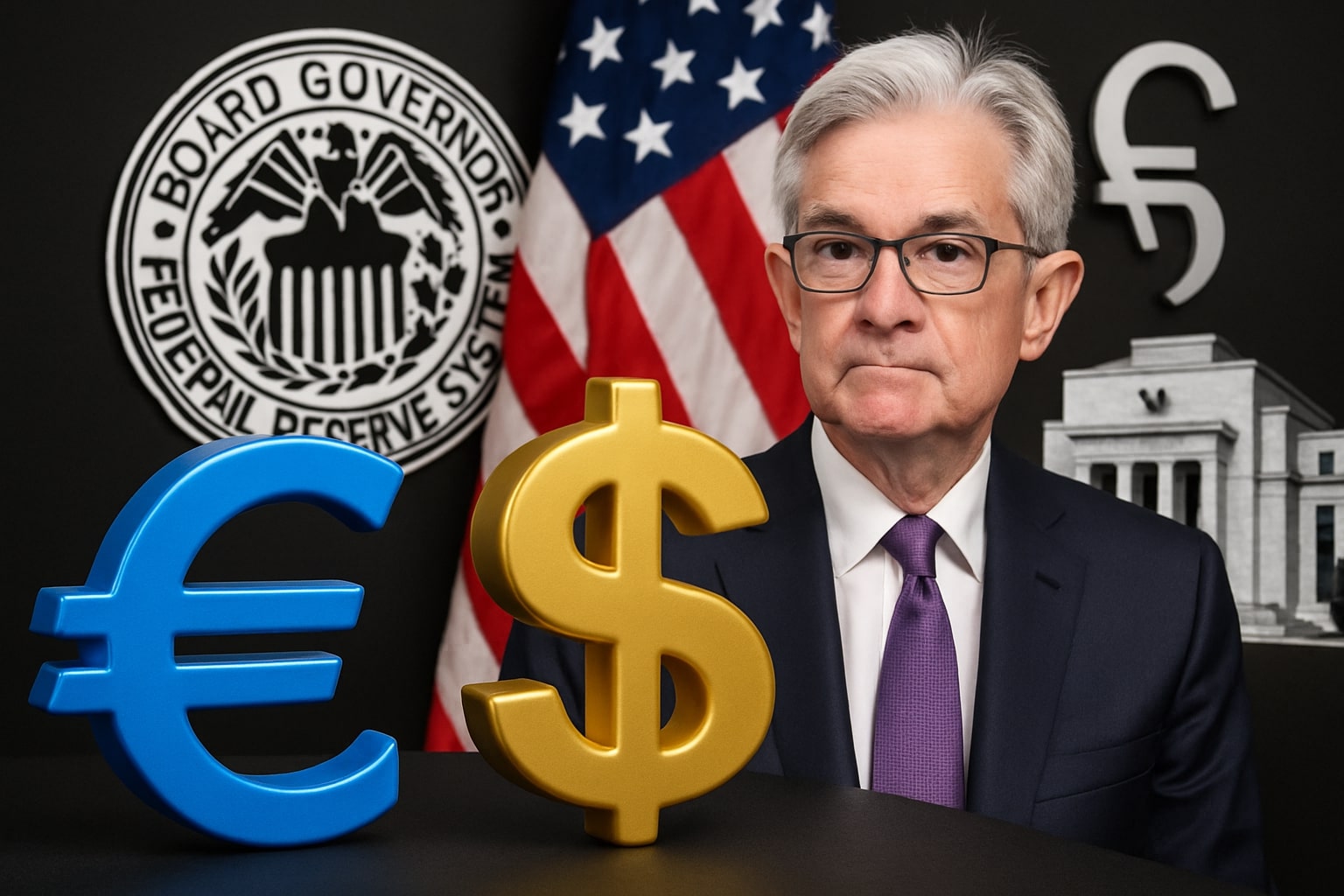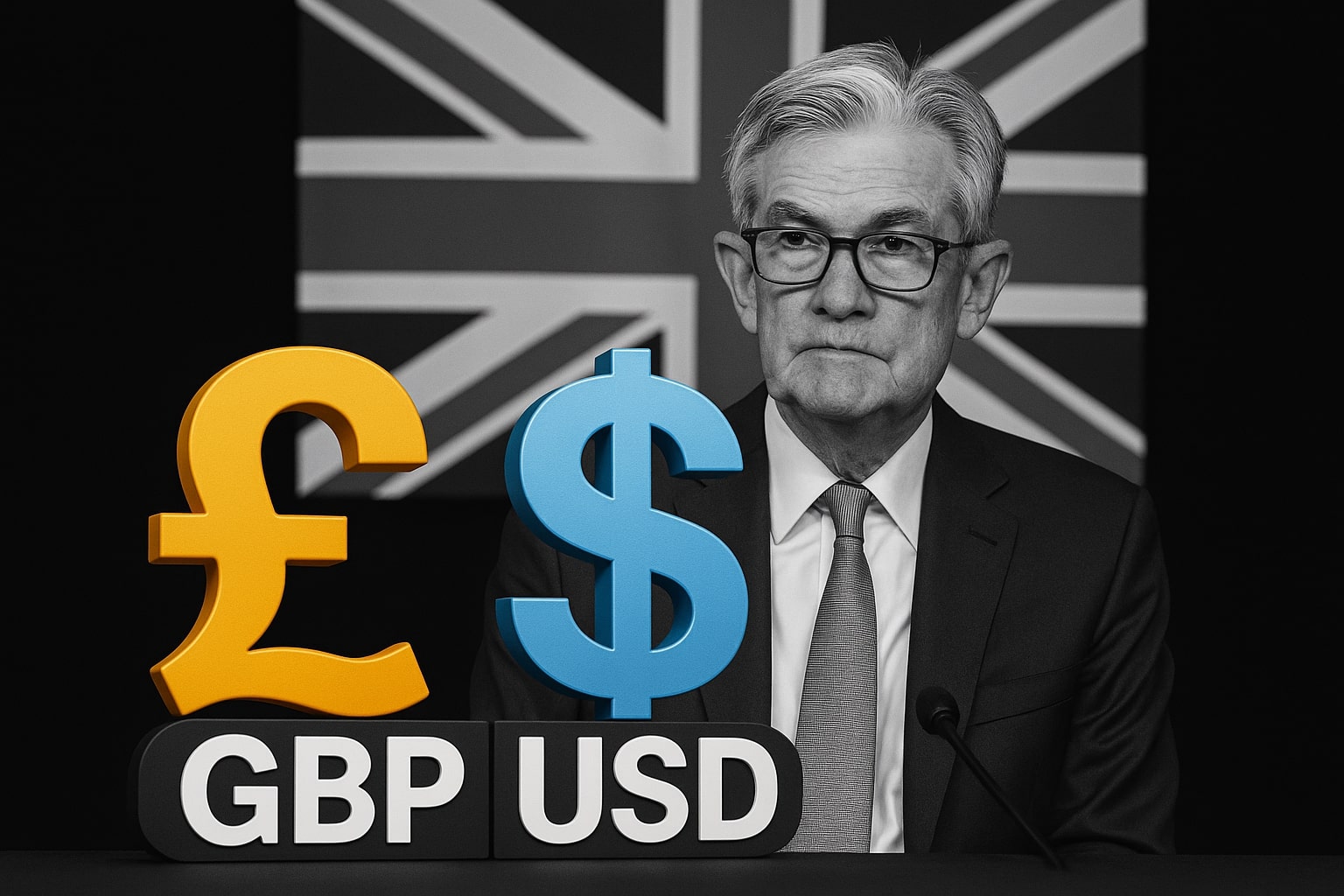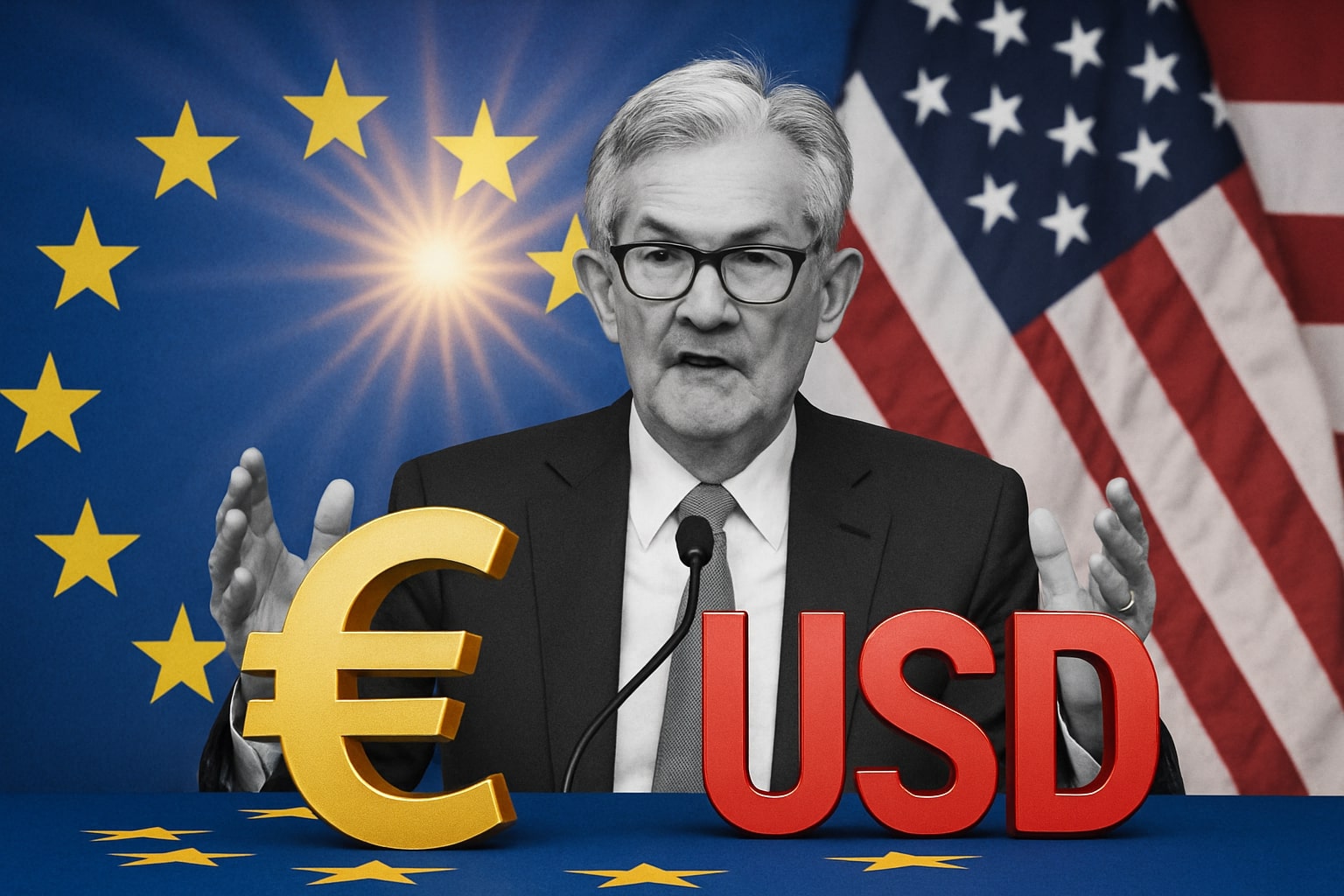EUR/USD (Euro vs. U.S. Dollar) Struggles Near 1.1650 as Political Turmoil in France and U.S. Dollar Strength Intensify
The EUR/USD pair extended its decline on Tuesday, falling toward 1.1650, its lowest level in over a month, as investors fled from European assets amid a deepening political crisis in France and a resilient U.S. dollar supported by hawkish Federal Reserve remarks. The euro, which briefly attempted to recover above 1.1700, failed to sustain momentum, dropping 0.42% intraday. Traders are confronting simultaneous headwinds: political instability in the eurozone’s second-largest economy and lingering uncertainty over the U.S. government shutdown that continues to distort global risk sentiment. France’s fiscal and political outlook remains the epicenter of pressure on the euro. Prime Minister Sébastien Lecornu’s resignation after only 27 days in office left President Emmanuel Macron facing the most severe domestic challenge of his tenure. Macron’s call for Lecornu to negotiate with coalition leaders has failed to calm markets, as opposition parties push for early elections. The French political vacuum raises doubts about fiscal consolidation, with France’s deficit now near twice the EU’s 3% limit, threatening renewed credit downgrades. Investors fear that another sovereign downgrade could lift French yields by 30–40 basis points, tightening financing conditions across the bloc.
European Central Bank Faces Policy Crossroads as Lagarde and Nagel Signal Divergent Outlooks
The European Central Bank (ECB) remains trapped between inflation control and deteriorating regional growth. ECB President Christine Lagarde stated this week that the “disinflationary process is over,” suggesting the recent decline in price pressures may have plateaued. Yet Vice President Luis de Guindos acknowledged risks of recession, while Bundesbank President Joachim Nagel defended the need to “preserve credibility through restraint.” Markets now price a 46% probability of another 25-basis-point cut by December, as bond spreads between Italy and Germany widen to 184 basis points, the highest since March. Lagarde and Nagel’s upcoming speeches are expected to clarify the central bank’s position on whether to prioritize inflation stability or economic growth. German data added to the pessimism, with factory orders falling 0.8% in August, far below expectations for a 1.4% increase, extending July’s 2.7% contraction. This series of weak data solidifies the view that Europe’s manufacturing base remains under heavy pressure.
U.S. Dollar Strengthens Despite Fed Rate-Cut Bets as Safe-Haven Demand Lifts the Greenback
The U.S. Dollar Index (DXY) continues to defy expectations, trading near 98.33, its second consecutive daily gain, after comments from Kansas City Fed President Jeffrey Schmid, who emphasized that inflation “remains too high.” Despite a 94% probability of a Fed rate cut in October and 84% odds in December (per CME FedWatch data), the dollar’s resilience underscores the market’s preference for safety during global political strain. The U.S. government shutdown, now in its seventh day, has failed to weaken the greenback as traders hedge against potential European instability. Fed officials Raphael Bostic, Neel Kashkari, Michelle Bowman, and Stephen Miran are scheduled to speak later today, and any hawkish signals could amplify the dollar’s advantage. The prolonged shutdown is delaying critical data such as Nonfarm Payrolls, CPI, and Retail Sales, adding opacity to Fed decision-making. However, the Fed’s confidence in its “well-calibrated” policy has prevented broader panic, supporting Treasury yields at 4.12% on the 10-year note.
Technical View: EUR/USD Bears Target 1.1610 as Momentum Weakens
Technically, the EUR/USD structure remains distinctly bearish. The pair has been unable to reclaim its descending trendline from mid-September, with the 50-day EMA at 1.1726 and 200-day EMA at 1.1715 flattening, confirming a lack of upward momentum. Immediate support is identified near 1.1645, coinciding with the September 25 low, while a break below that level could open the path toward 1.1610 and 1.1575, marking lows from early September and late August. RSI levels on the four-hour chart have stabilized below 50, indicating that bearish momentum remains dominant, while the MACD stays below its signal line. Resistance levels appear at 1.1730, with stronger caps at 1.1765–1.1775 and 1.1820, marking the upper limits of September’s range. Unless EUR/USD reclaims 1.1730, the pair’s bias remains firmly tilted to the downside.
French Turmoil Deepens as Macron Faces Crisis of Confidence and Market Skepticism
France’s political scene has become a critical risk factor for the euro. The resignation of Prime Minister Lecornu just weeks after his appointment underscores the fragility of Macron’s coalition. Market participants now question the government’s ability to implement its 2026 fiscal plan, which targets reducing the deficit from 5.5% of GDP to 3.9%. Rating agencies have warned that prolonged stalemate could trigger further sovereign downgrades, especially as France’s debt-to-GDP ratio hovers near 112%, compared to Germany’s 63%. Opposition calls for snap elections add to volatility, while French 10-year yields have already risen 18 basis points this week to 3.36%, their highest since May. Investors fear contagion risk if French political instability spreads to Italy and Spain, whose own fiscal positions remain fragile.
Eurozone Economic Pulse Weakens as Industrial and Consumer Data Miss Expectations
Macroeconomic indicators across the eurozone confirm that growth remains stagnant. In Germany, factory orders dropped 0.8% in August, while industrial production has declined for three consecutive months. The Eurozone Composite PMI remains at 48.9, indicating contraction, and consumer confidence across the bloc has fallen to -16.5, the lowest since February. In France, industrial sentiment slipped to 94, well below the long-term average of 100. These metrics suggest the eurozone economy remains near stagnation, leaving the ECB with little room for policy tightening. Meanwhile, weaker demand in China and the collapse in export orders from Germany to Asia further pressure the euro, which remains highly sensitive to global trade fluctuations.
Client Sentiment Data Suggests Contrarian Upside Potential but Fundamentals Remain Heavy
According to OANDA’s client positioning, 61% of traders remain net-short EUR/USD, a contrarian signal that could imply limited short-term recovery potential if positioning unwinds. However, institutional flow remains firmly bearish, as European fund managers continue to cut euro exposure. The pair’s speculative futures positioning on the CFTC shows a net short of -34,600 contracts, marking a two-month high. While technicals may favor a brief rebound toward 1.1720, momentum and fundamental alignment still point toward deeper retracement unless France’s political situation stabilizes or U.S. yields retreat.




















